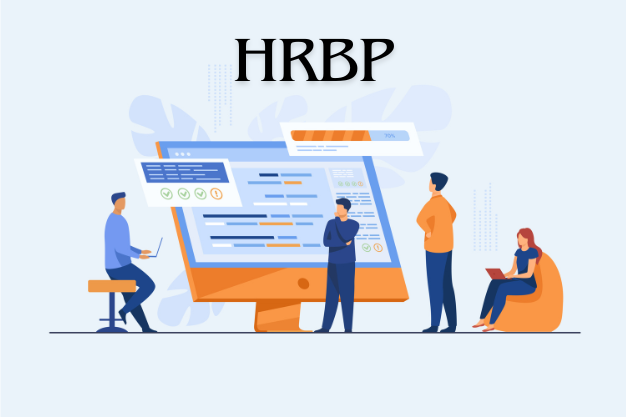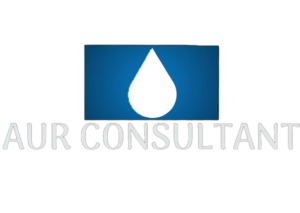
Human Resource Business Partner (HRBP) role is a strategic and business-oriented function focused on aligning HR initiatives with business goals. HRBPs act as a bridge between the organization’s leadership and employees, ensuring human resources are utilized effectively to achieve objectives. Unlike traditional HR roles, which are primarily administrative, the Human Resource Business Partner positions HRBPs at the core of strategic decision-making and organizational development.
2. What is the Traditional HR Function?
The traditional HR function in any organization focuses on administrative and transactional tasks such as:
This function primarily operates as a support system for the organization, with limited involvement in core business strategies. As a result, traditional HR roles often appear as cost centers rather than contributors to business growth. The shift from this transactional focus to a strategic and business-aligned role paved the way for the emergence of HRBP.
The HRBP role emerged in the late 1990s and early 2000s, heavily influenced by Dave Ulrich’s “HR Model.” This model formalized the concept of HR as a strategic partner, emphasizing the importance of human capital in achieving business objectives.
Initially, HR was considered a back-office function with limited impact on business outcomes. However, as organizations began to recognize the value of human resources in driving success, HR evolved into a more integral function. The HRBP role was created to:
To understand the HRBP role better, it helps to compare it with other specialized business roles:
Similar to these roles, an HRBP focuses on strategic contributions, ensuring the human capital of an organization aligns with its long-term goals.
To excel in this role, HRBPs need a diverse set of skills and competencies, including:
HRBPs leverage various tools to manage their responsibilities effectively. Some popular platforms include:
These tools help HRBPs streamline operations, enhance employee engagement, and provide data-driven insights.
Here’s a side-by-side comparison of the traditional HR role and the HRBP role:
| Aspect | Traditional HR Role | HRBP Role |
|---|---|---|
| Primary Focus | Administrative and transactional tasks | Strategic alignment with business goals |
| Key Responsibilities | Recruitment, payroll, compliance | Workforce planning, talent strategy, change management |
| Perspective | Reactive and task-oriented | Proactive and business-oriented |
| Engagement Level | Limited involvement with business units | Direct collaboration with leaders |
| Decision-Making | Follows predefined policies | Influences and contributes to decisions |
| Role in Strategy | Support function | Integral to strategy formulation and execution |
| Metrics of Success | Efficiency in operations | Business outcomes |
| Use of Technology | Minimal reliance on tools | Heavy use of HR technology and analytics |
| Approach to Change | Supports change as instructed | Drives and leads change initiatives |
| Employee Focus | Policy compliance and grievance handling | Engagement, leadership development, and culture building |
| View of Talent | Employees as resources | Employees as strategic assets |
In conclusion, the HRBP role is a transformative function that bridges the gap between HR practices and business strategies. By aligning HR initiatives with organizational goals, HRBPs ensure that human resources contribute directly to business success. Equipped with the right skills, tools, and strategic mindset, HRBPs drive organizational growth, foster a culture of innovation, and position HR as a critical component of business leadership.
Learn more from our collection of Blogs Here.

Your honest partner in the search of the best